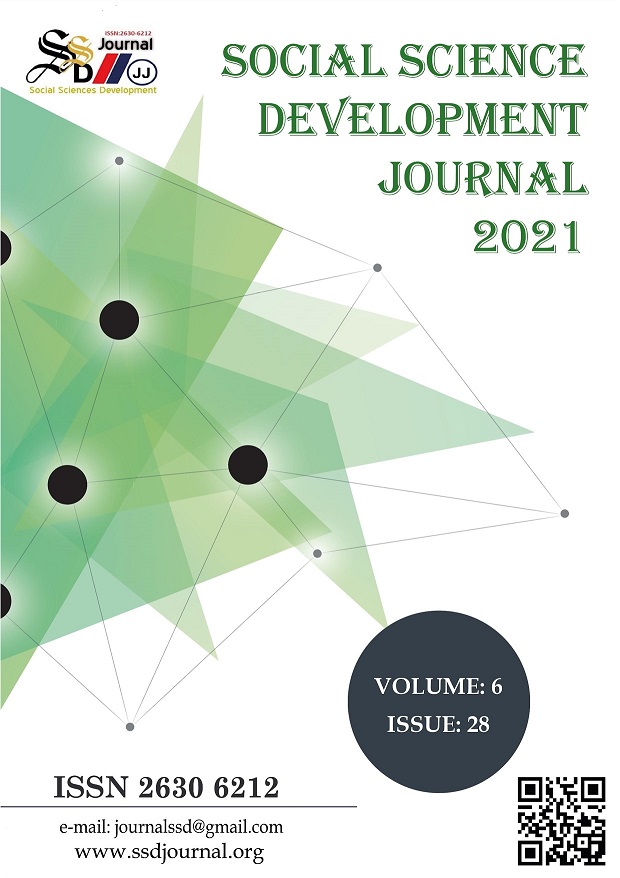PERCEPTION OF THE SOUL IN BYZANTINE ART AND VIEWS ON THE SEPARATION OF THE SOUL FROM THE BODY
DOI:
https://doi.org/10.31567/ssd.510Keywords:
Byzantium, Jesus, Mary, SoulAbstract
The theological explanations, texts, the statements of the clergymen, the related information given
in the holy books on death, and the separation of the soul from the body were also investigated by
scientists in the past. However, no detailed studies were conducted before on the symbolic
appearance of the soul when the soul leaves the body, the moment it leaves the body, the symbolic
figures that help the soul, and the iconography of the soul. The subject, which appeared in visual
terms in the Middle Byzantine Period, and with illustrations in the manuscripts and especially in
wall paintings with various developments between the 11th and 12th centuries, was later evaluated as
the reflection of the developing imagination on art with the effect of the decreasing theology. The
physical appearance and leaving the body of the soul were examined in symbolical and
iconographical terms, and the samples dated between the 11th and 12th Centuries were evaluated
comparatively by considering the views of theologians and clergymen aside from the Old
Testament and the New Testament, which provided information in this field.




